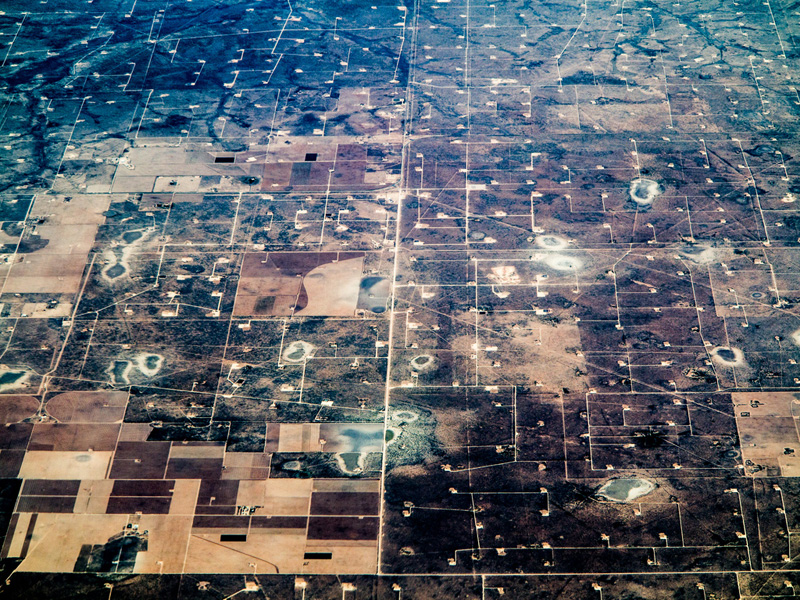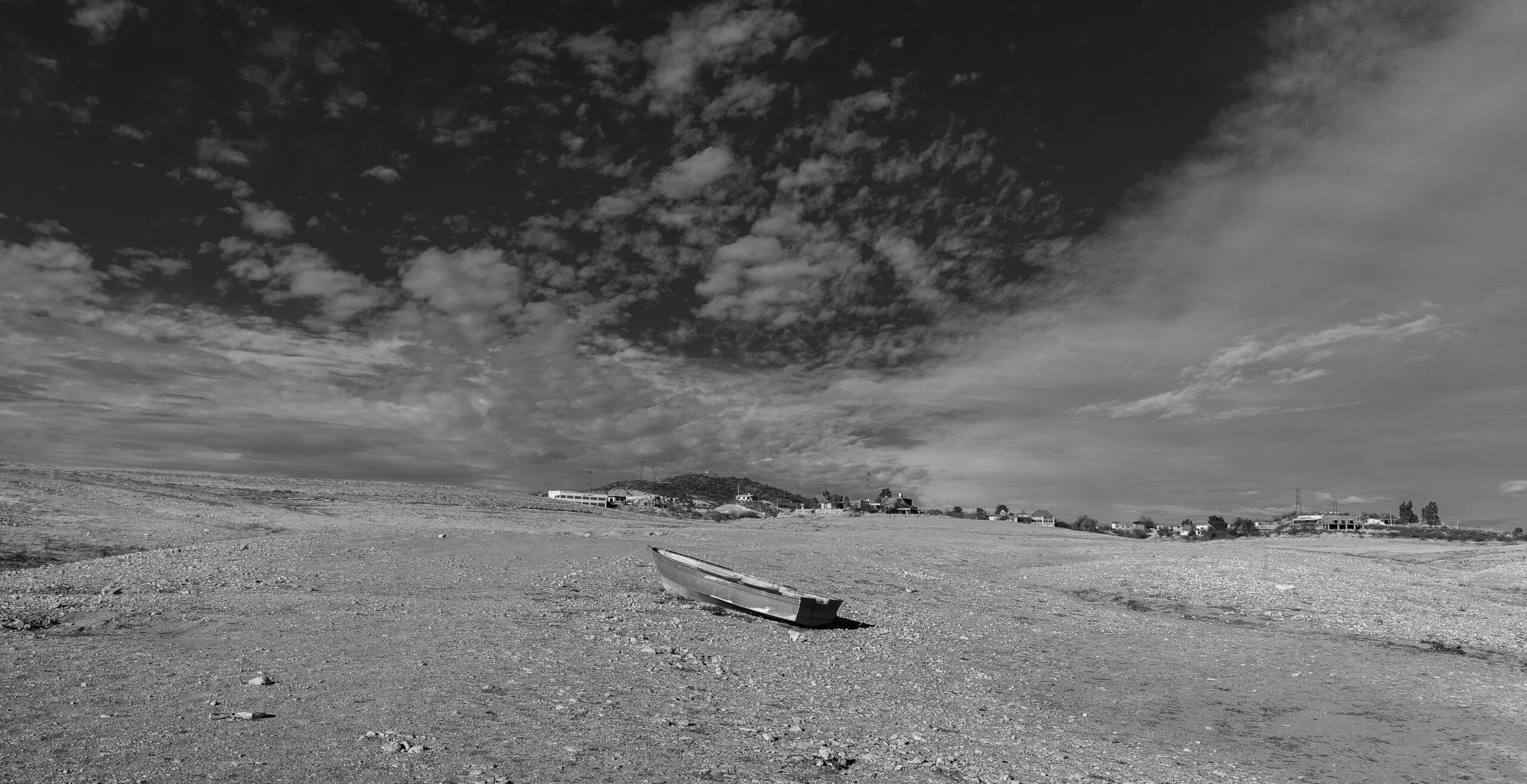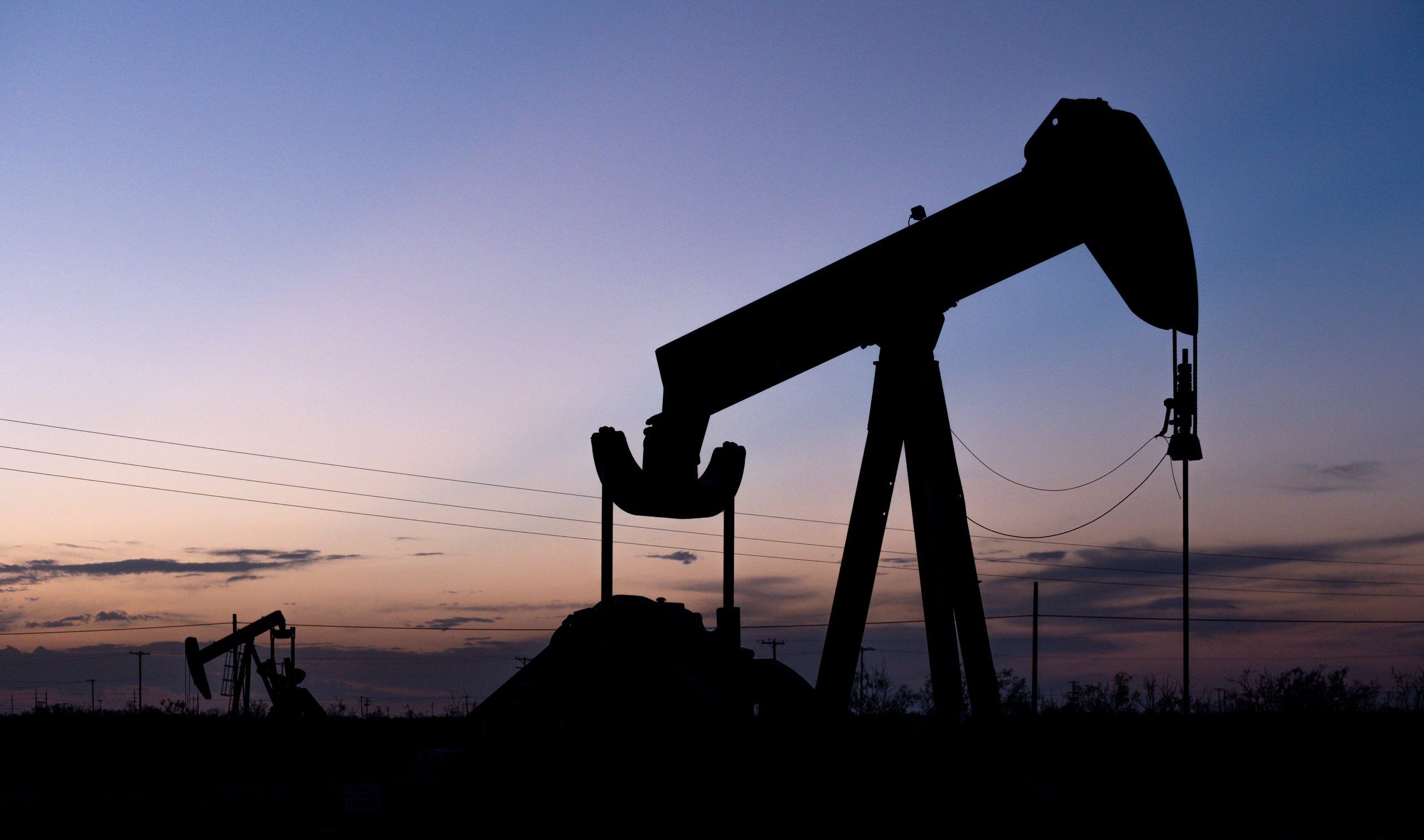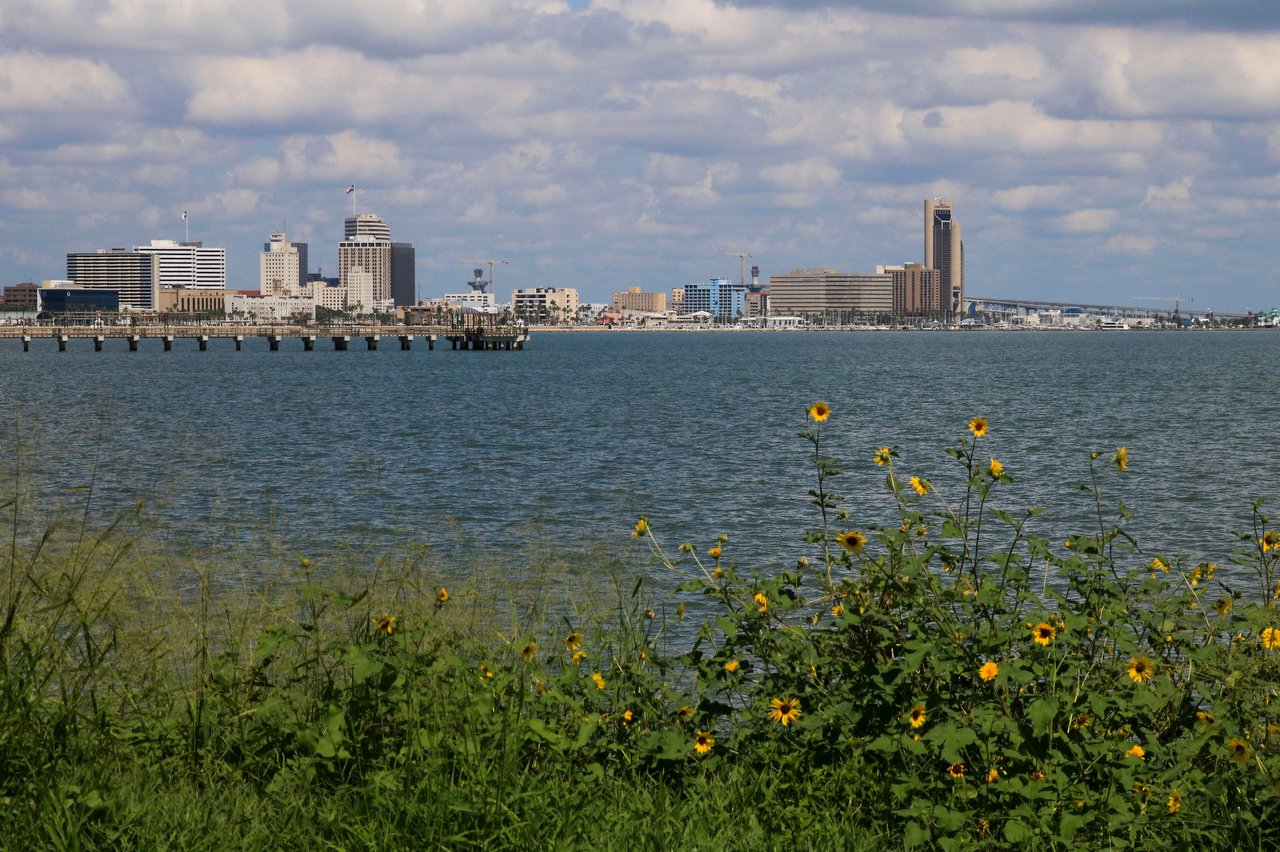
New Analysis: Fracking Water Use Underestimated in Eagle Ford Shale

The amount of water used by frackers in South Texas is increasingly coming into focus—and it’s considerably more than official estimates. In June, the Observer analyzed two different data sources to estimate how much water fracking consumed in three drought-stricken counties in the Eagle Ford Shale. Looking at industry-reported data to the website FracFocus.org, we determined that in 2012, fracking-related water usage in just those three counties totaled almost 15,000 acre-feet, or roughly half what the Texas Railroad Commission has said the entire 24-county Eagle Ford Shale will use a decade from now when oil and gas production is expected to peak.
One expert we spoke to, extrapolating from our findings across the whole shale, said the current regional total could be 40,000 to 45,000 acre-feet annually. (A detailed study by University of Texas researchers, paid for by the oil and gas industry, estimated that water consumption would peak at 35,000 acre-feet.)
A limitation to our analysis, of course, was that we only looked at three counties. But now the San Antonio Express-News has taken a similar approach for the entire Eagle Ford Shale. The paper’s findings square almost precisely with ours. Bottom-line: Fracking is consuming a lot more water than previously believed:
A widely cited study from the University of Texas at Austin, funded by the oil and gas industry, had predicted that hydraulic fracturing in the Eagle Ford would use a maximum of around 35,000 acre-feet of water annually.
But the San Antonio Express-News looked at more than 23,000 Texas wells drilled from 2011 to 2013, including more than 6,100 in the Eagle Ford, and found that the oil field is already swallowing more water.
Operators reported using around 43,770 acre-feet last year in 3,522 Eagle Ford wells, the approximate annual usage for 153,000 San Antonio households.
“The oil and gas boom is requiring more water than we have,” said Hugh Fitzsimons, a Dimmit County rancher and a director of the Wintergarden Groundwater Conservation District. “Period.”
It’s important to remember that production in the Eagle Ford Shale only began soaring about three years ago. Like so much with fracking, regulators, scientists, the industry and citizens are learning on the fly. All sorts of assumptions and received wisdom must be chucked out as we learn more. So it is with our assumptions about water consumption.
The data is not perfect. It’s likely incomplete, and there’s a lag between the time when a well is fractured and when the data gets reported.
But it’s the best set of publicly available information about water use for hydraulic fracturing and gives some insight into the shale drilling boom.
The UT paper said the Eagle Ford is a particularly difficult field to predict, and its lead author, Jean-Philippe Nicot, a research scientist at UT’s Bureau of Economic Geology, said he now thinks the actual use in the Eagle Ford is around 40,000 acre-feet annually.
What now?
The immediate impact, I’d wager, of having a somewhat clearer handle on how much water fracking uses is… approximately nothing.
For the “wetter” parts of the Eagle Ford Shale, fracking can probably peacefully co-exist alongside ranching, farming and communities drawing on the aquifers. Conflict is more likely to come in drier, drought-stricken parts of the shale where agriculture is already being squeezed by a declining aquifer.
How, or if, the conflict is resolved will draw on Texas’ convoluted system of groundwater regulation, a system that has more holes in it than a karst aquifer. More likely, the call for oil and gas producers to step up water recycling or water-less fracking techniques will grow. That was the tack the Express-News editorial page took when riffing on their reporter’s story:
But at what cost to the future? We would encourage state leaders and the [Texas Railroad Commission] to pursue regulation to incentivize recycled water use for fracking.
Other options include using effluent and brackish water.
These alternatives wouldn’t eliminate the use of freshwater, but given the drought, coupled with the boom in fracking, every drop counts.


